The last time we got a glimpse of Ethan Watson's Gateway Experiments was back in 2003, with the first episode - Space Station Omega. Omega used ZDoom to take Doom in a different direction than most attempts to modernize it had. Sure, it used fun stuff like slopes and silent teleporter tricks, but the main thing it did was give Doom a more cinematic flair with camera angles and, the most important element of all, the dialogue trees. The earliest taste of the latter came with Strife, which didn't have a lot of player agency, since you spend most of your time getting talked at, rather than with, emphasized by your relationship with Blackbird, who you never page - she's just a voice in your ear. In Omega, the Blackbird equivalent is Elaine, Russell Cartwright's partner in combat, romance, and business. Using the radio, you could call up Elaine yourself, though the dynamic wasn't explored that thoroughly. All of this proof of concept stuff is cool, but I was wondering what it would look like implemented across a broader experience. And now, in 2015, there's Prime Directive.
So, in Space Station Omega, Doomguy is Russel Cartwright and finds out that the UAC is continuing work on The Gateway Experiments that damned Phobos and Deimos and caused so much death and destruction on Earth. Of course, everything goes pear-shaped, and you're left with a desperate attempt to escape the station. Once you're out, fast forward to the present, where Russel has hooked up with a paramilitary organization committed to shutting down the experiments, since Space Station Omega was not the be-all and end-all of the UAC's dealings. The target: Eureka, a research base where most of the dirty work is being done. You lead the assault, with Elaine providing remote support. I don't think that you'll be prepared for the outcomes, though, especially what role Hell plays in all of this madness.
Prime Directive is Episode 5 of the Gateway Experiments, but it includes a touched up version of Space Station Omega as the interim adventure between this and Doom II (Episode Zero). If you're wondering what happened to episodes two through four, well, Watson purposefully skipped a bunch of stuff, but he's good enough to give you a summary of what happens between then and now. The upside - we don't have to wait for the interim stuff to be done to get to play Prime Directive! The downside - there are many events that are important to the narrative that are less impactful because they are basically recapped. All of the playful banter leading up to the invasion of the gateway installation has a very different tone when you haven't seen any of these characters develop over the unwritten episodes, like the sort of stuff you might expect to see in a science fiction movie where most of the cast is killed in the first twenty minutes... ahem. It's not that the banter isn't any good; it's just that it becomes a cliché when it's the first and last thing you see of these Mage operatives. Along the same lines, the Heinonen / Archer relationship is a non-entity to the player, but its sudden appearance upon discovering the blue squad and inclusion in the outro suggests that it was pretty important to Watson's conception of The Gateway Experiments.
As an isolated episode, most of the major plot elements work for me. The leader of the base was just a shadow player until now, though you don't get three more episodes of slow burn that build up to the reveal. The jump forward also glazes over an important part of Elaine's immediate history, namely her capture, torture, and then rescue, which contributes to her psychological state and drives a lot of the dialogue between her and Russell. Watson does highlight this fact during the intro, so it doesn't come out of left field when she starts to break down, and some of the stranger cutscenes - like the "tripping balls" portion in the ventilation ducts - draw on this relationship in what I think is a pretty effective manner. It would probably be too much to have Russell hallucinating about all the other marines that get massacred, but it might have helped in some areas where player experience of Watson's backstory is lacking.
Prime Directive's most solid story element - as far as the fact that it doesn't depend on anything that happened in the nonexistent interim episodes - is Russell's interaction with the forces of Hell, which drives some of the biggest gameplay additions. The author even gives the player an opportunity to reject the dark gifts of his sworn enemies, and while it will lock out a major portion of Prime Directive's content, I appreciate how ballsy the decision is and the fact that it's there for me to make. Which I did on my first playthrough, leading to some confusion on my part, since the blue key is inextricably tied to assisting Hell. I was prescient enough to realize that I was making such a major decision, though, and discovering how the other half lived was only a reload away.
These gameplay benefits begin with a visit to Hell at the "Chapel of Sin", where you are given a Metroid-esque high jump ability (which would of course come from arch-viles) that you can immediately use to start exploring and snag the yellow key, which opens up some more areas, ultimately slouching toward grabbing the red keycard. I realize now that the doors are set up the way they are because it is possible to have the blue keycard before assembling the red from its two halves. If you decide to accept the dark gift of the lost children of the icon, you will have the ability to attack with baron plasma (and claws). Your initial surplus starts at five but it regenerates when you're not attacking and there are numerous capacity upgrades hidden across the sections of the episode. The gift also has the power to heal, which is accomplished through the alt-fire. It converts ammo to health at a 1-1% ratio, so the higher your capacity, the more you can heal in one use. Baron plasma is really powerful and wrecks just about anything you use it against. The only reason you wouldn't be using it almost exclusively is, well...
The combat of Prime Directive is overwhelmingly weighted toward fighting the UAC marines that occupy the Eureka base. There are a few areas where you'll get to cleanse some Hellspawn, but it's mostly about fighting a bunch of fuckers carrying shotguns, combat shotguns, chainguns, and later rocket launchers and plasma rifles. Part of the design drives the Metroid comparison further since they almost always drop ammo and often a stimpack to reward you. The downside is fighting a bunch of hitscanner opponents involves gameplay devolving into hiding behind some kind of cover and diligently slaying your foes with the combat shotgun as they round the corner. You can afford to get a bit more ballsy in some of the scenarios, but I usually felt overexposed, especially in areas like Eureka's courtyard. Because of this, the baron plasma isn't as universally handy, but it will probably become the go-to weapon for most of the incidental scenarios. Emphasis on incidental; Prime Directive's pacing is a sort of start-stop between exploring the network of maps that make up the hub punctuated with panicked firefights.
All of the demon slaying - outside of the stuff in the sewers - is done in optional areas where Cartwright gets in touch with his sulfur and brimstone side, oddly enough. One of the areas, "Somewhere...", is a long gauntlet that takes you through areas evocative of Doom's E1 and E3 as well as a nasty Icon of Sin fight that has an... unusual ending. The other major bit of demonslaying is one of Gooberman's triumphs of storytelling, which traces the path of the spirit of the baron that fuses with Russell, all the way to Hell on Earth and back. Uh, stuff kind of gets weird during that Doom II segment. But Watson uses a lot of Prime Directive's story to push the player into uncomfortable situations. To paraphrase the lead villain, by the time you're doing the baron's trial, you've already slaughtered what feels like an entire battalion of UAC space marines. Heck; you'll be killing most of them, whether or not you decide to embrace Hell. You can retain what's left of your compassion through your dialogue choices, which will alter your Warmth, Reasoning, and Apprehension attributes, and from there determine how to color the text.
Prime Directive actually has a completion percentage that you can view at the end of the adventure. Figuring out what you'll have to do to get there, though, is basically a fool's errand that reminds me of the painful process of trying to get 100% on Final Fantasy X-2... Except this is a Doom mod, and a much shorter experience. You can poke around the guts of the mod to get an idea of where the completion flags are. The more arcane stuff has either limited time windows, a specific order of operations, or depends on you actually leaving some things alive that you might be tempted to kill. And who wouldn't want to leave Venty alive? D'awwww. There are even some alternate enablers available, like the red skull key, which allows you to access the elevator in the warehouse before fully assembling the red key... Supposing you decide to time your second visit to Hell before the barracks.
The mechanical layout of the episode has Space Station Omega as an optional (though not for 100% completion) adventure with the main action taking place in a hub consisting of seven maps, bookended by an intro and outro. Really, there are only four sections of the Eureka base - the landing pad, the sewers, the labs, and barracks / power station. The other three hub spokes comprise Russell's visits to Hell, two of which are relatively short jaunts that serve to further open up the base, the last being a fairly substantial secret level, the aforementioned "Somewhere...". It's mostly fun to poke and prod about, unlocking all the little side-areas and Easter eggs. There is a Well of Souls to be found, though half of the discovery involves a Quake-derived solution. There are also some teasers that will drive completionists batty, like the purple key door and baron's rod door. If you're racking your brain trying to figure out how to get through these, well, stop.
I think Watson does a pretty good job with the design, erring more toward the side of realism than the abstract, which only figures. I think the models actually do a good job and while you won't need to do it you can push around some of the lighter stuff, like the chairs. Some of the items are still pretty laughable, but I guess that I'm accustomed to the idea of space ships not looking like utilitarian flying bricks. Which is what it probably ought to look like in order to survive the rigors of space travel. The U.S.S. Slayer is just not at all what I was expecting, looking something like a cross between a townhouse and a submarine, absurdly lo-fi after it's contrasted against all of the relatively high-resolution models that dress up the kitchens, bathrooms, offices, and industrial areas. In the end, though, it's just DoomCute.
Prime Directive offers several winking references, the strongest inference found in the name of the primary antagonist, Cronenberg, no doubt a nod to the acclaimed Canadian writer / director. David Cronenberg is responsible for, among other things, Videodrome, some elements of which are mirrored in the plot of the PWAD. There are the hallucinations, of course, and Watson's attempt at body horror. Max Renn's exposure to Videodrome creates the organic VHS slot in his body and ultimately gives him the power to - as he perceives it - combat the entities responsible for his transformation. Cartwright's progression is eerily similar, sans the commentary on media and sex and violence that makes Videodrome relevant today. Russell's repeated experiences with Hell generate powers that - in a full game - culminate in the transformation of his hand into a weapon, just as Renn acquires his cancer-gun. Renn ultimately turns his weapon on the same force that "empowered" him; I assume that Russell's path will follow a similar trajectory, if bereft of any thematic commentary.
I was wondering where Watson was going to take Prime Directive after having played Space Station Omega. His work exceeded my expectations, and while it doesn't look like any of the other episodes will ever materialize, I would not be opposed to playing them. Prime Directive does not have the sort of newschool art and architecture that makes for compelling screenshots; it does not have lots of crazy, hectic gameplay, sticking mostly to corridor shooting; and its pacing is built like an adventure game, with lots of exploration and story interspersed with the occasional shootout. But you could get all of that from so many other PWADs sitting in /idgames. I'm very happy to indulge in this Doom meets Metroid Prime meets Deus Ex sort of thing. Hopefully it will hold the door open for other talented authors to try their hand at something similar.


THE GATEWAY EXPERIMENTS
EPISODE 1: SPACE STATION OMEGA
EPISODE 5:
PRIME DIRECTIVE
PRIME DIRECTIVE
This post is part of a series on
Doomworld's 2015 Cacowards
Doomworld's 2015 Cacowards
| The Top Ten | Best Multiplayer | Runners Up |
| Sunlust | Don't Be a Bitch Remastered | Doomed Space Wars |
| Erkattäññe | ChaosCore CTF | Crumpets |
| Skulldash | Best Gameplay Mod | Prime Directive |
| Swift Death | DoomRL Arsenal | Pinnacle of Darkness |
| Breach | Mordeth Award | Ol' No Name |
| Valiant | ChaosCore CTF | 32in24-14 |
| 50 Shades of Graytall | Mockaward | |
| Sheer Poison | InstaDoom | |
| dead.wire | Mapper of the Year | |
| Return to Hadron | dannebubinga |
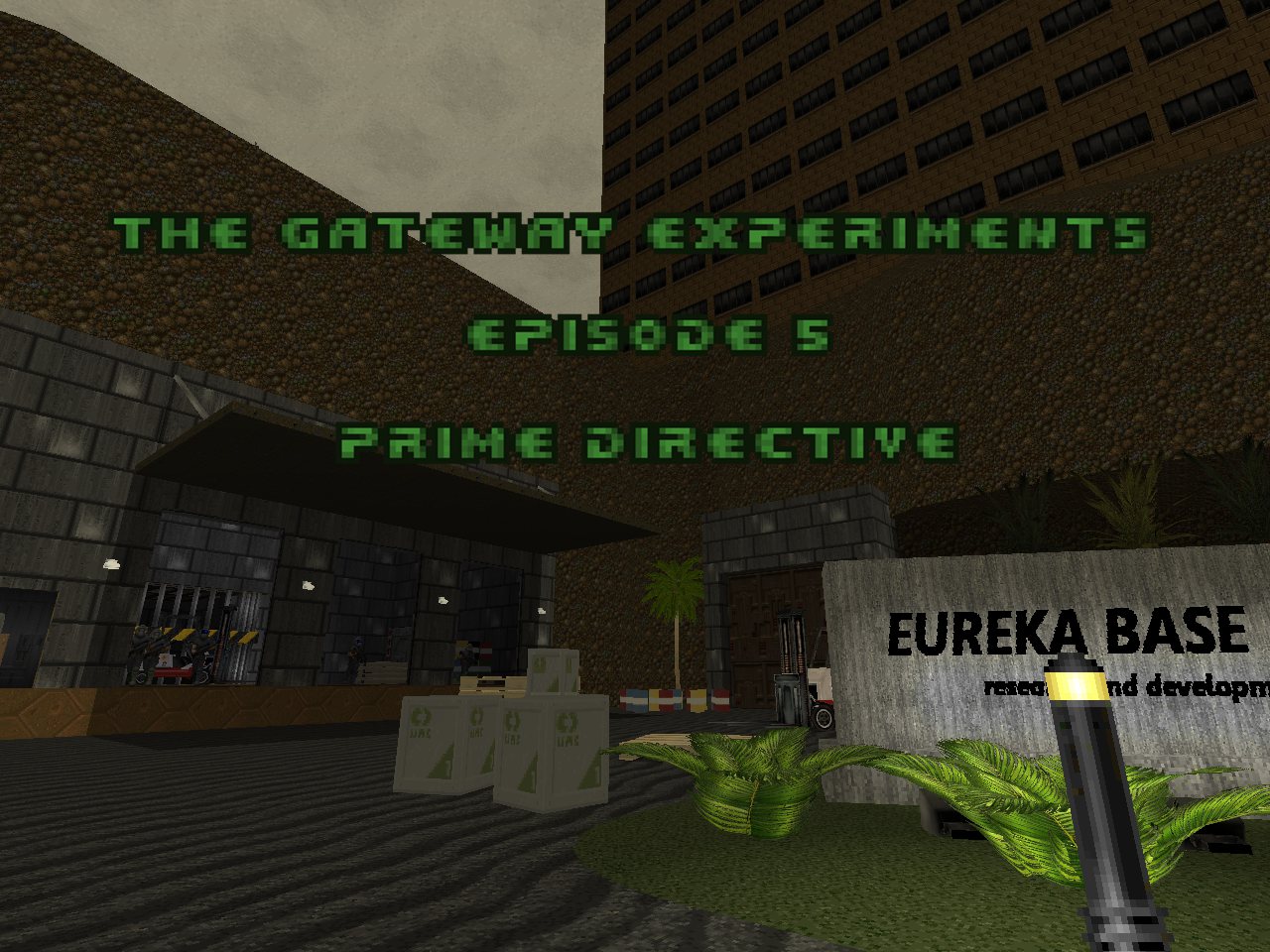
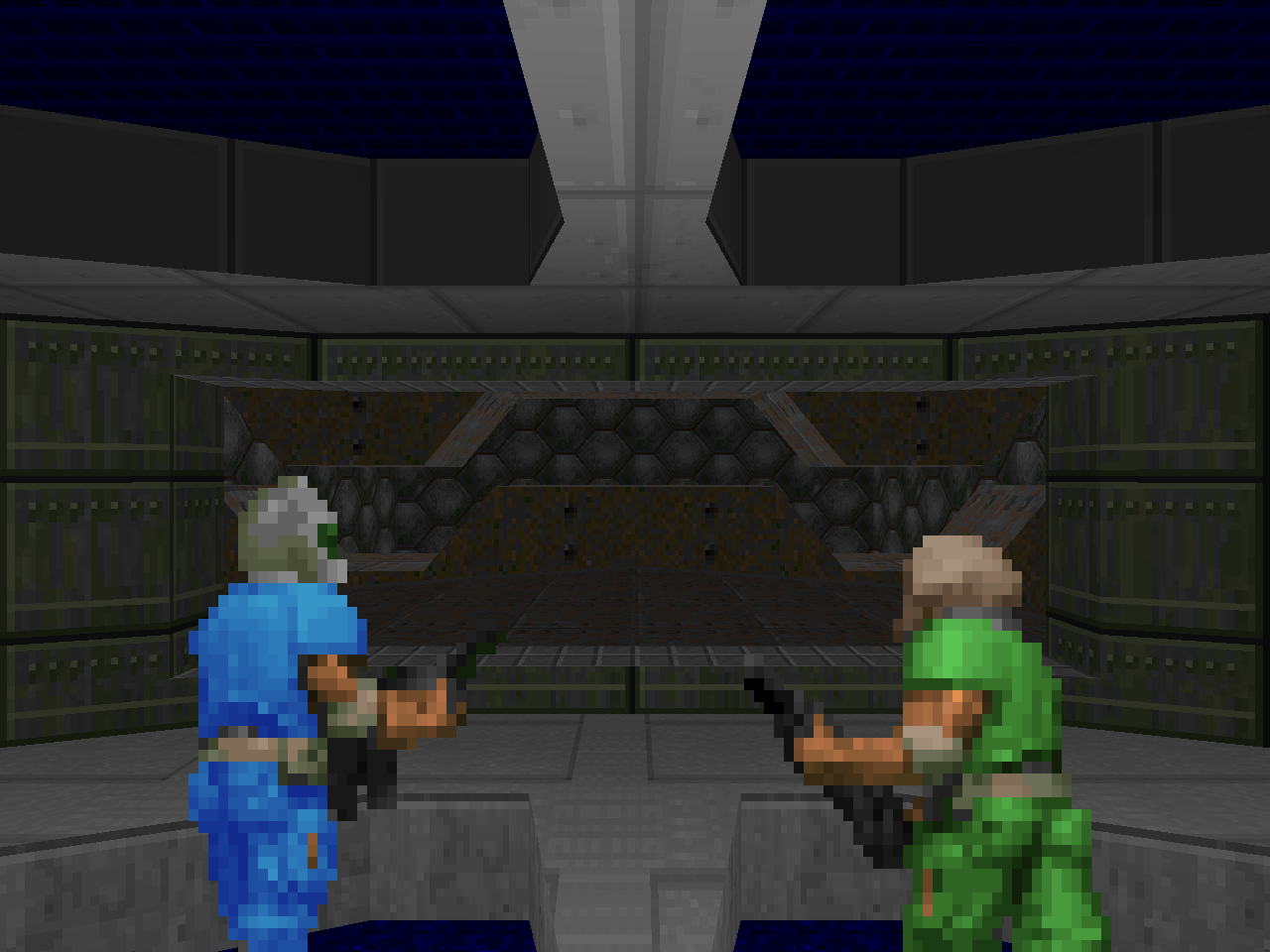
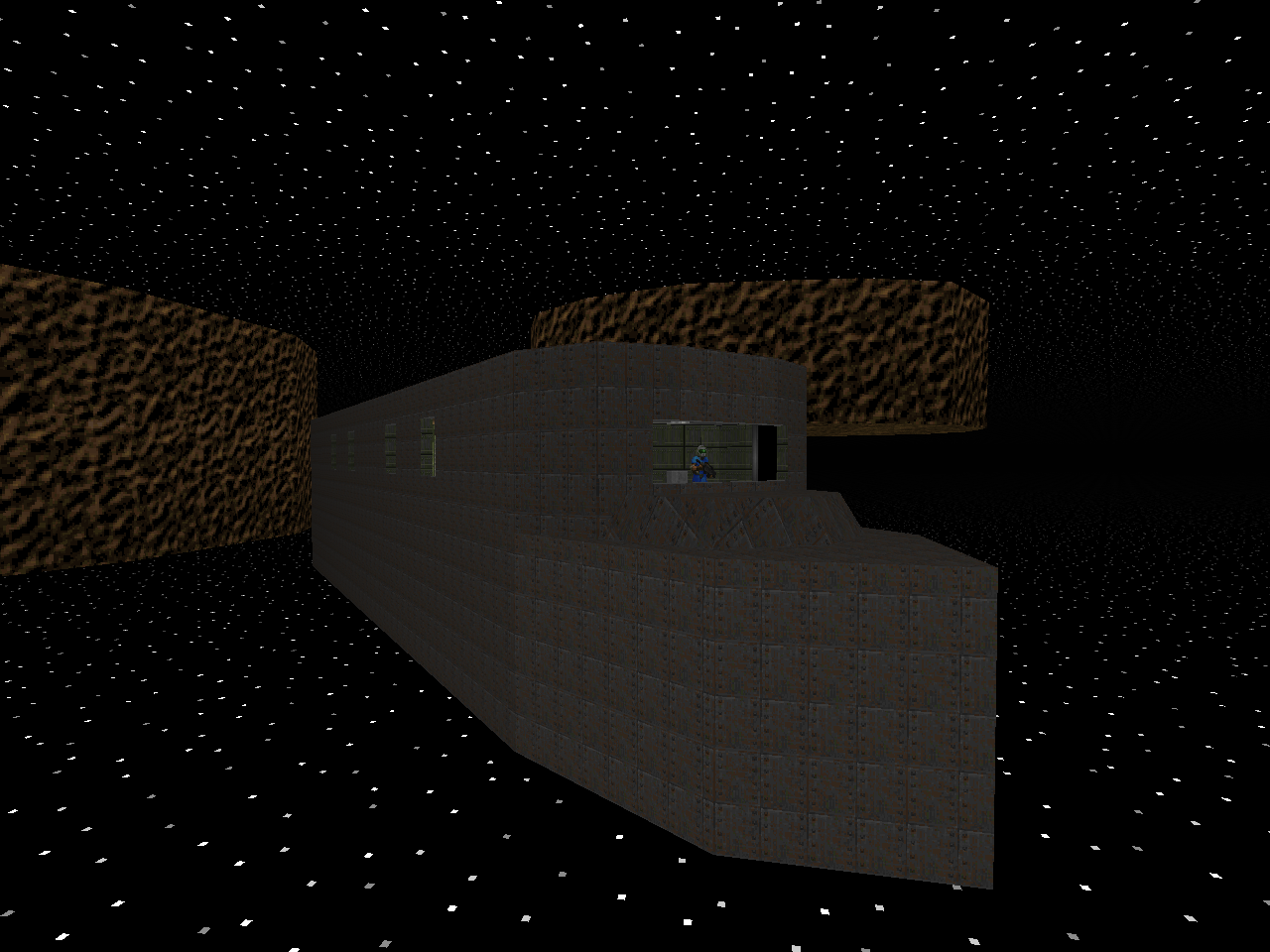
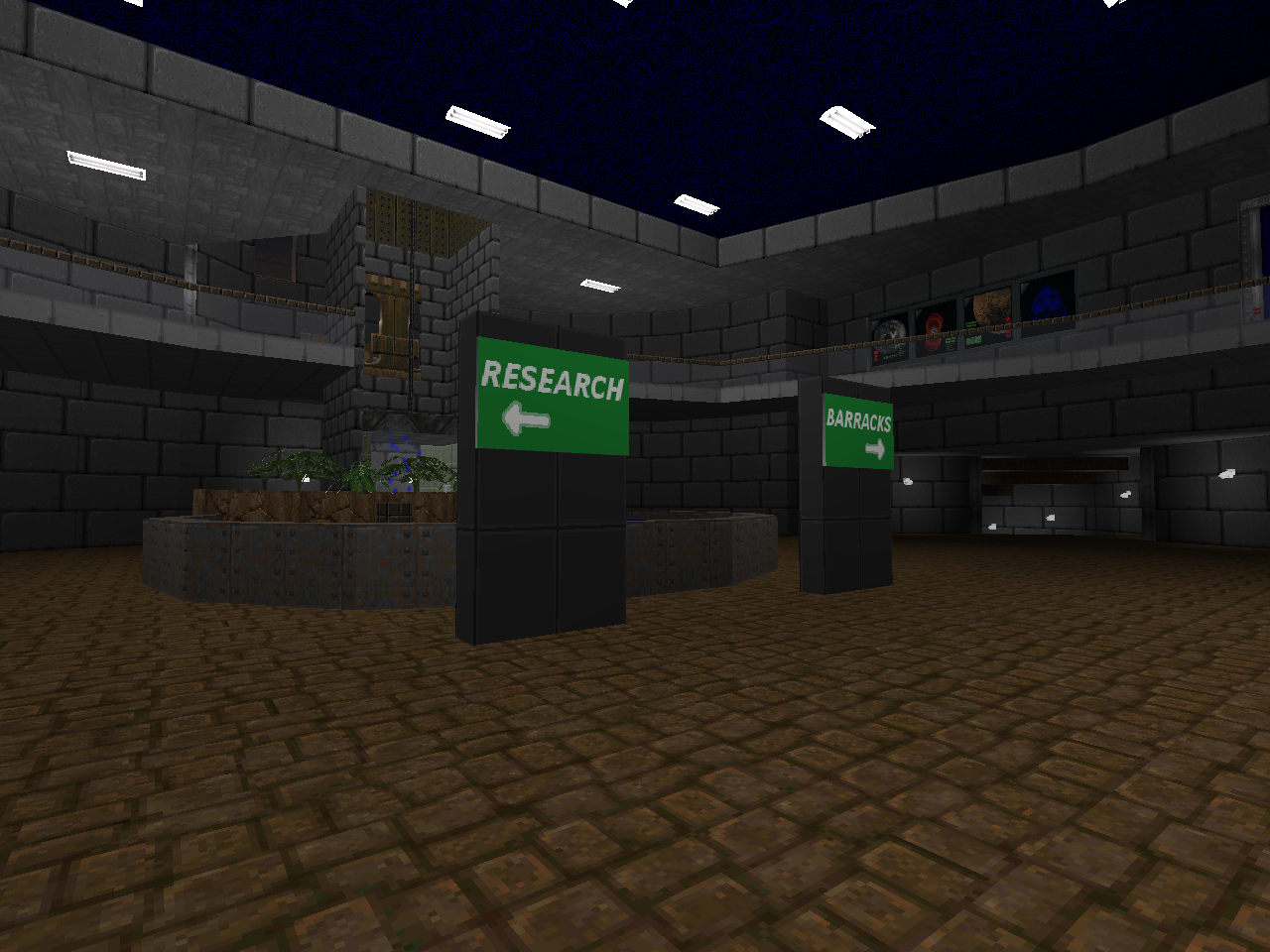
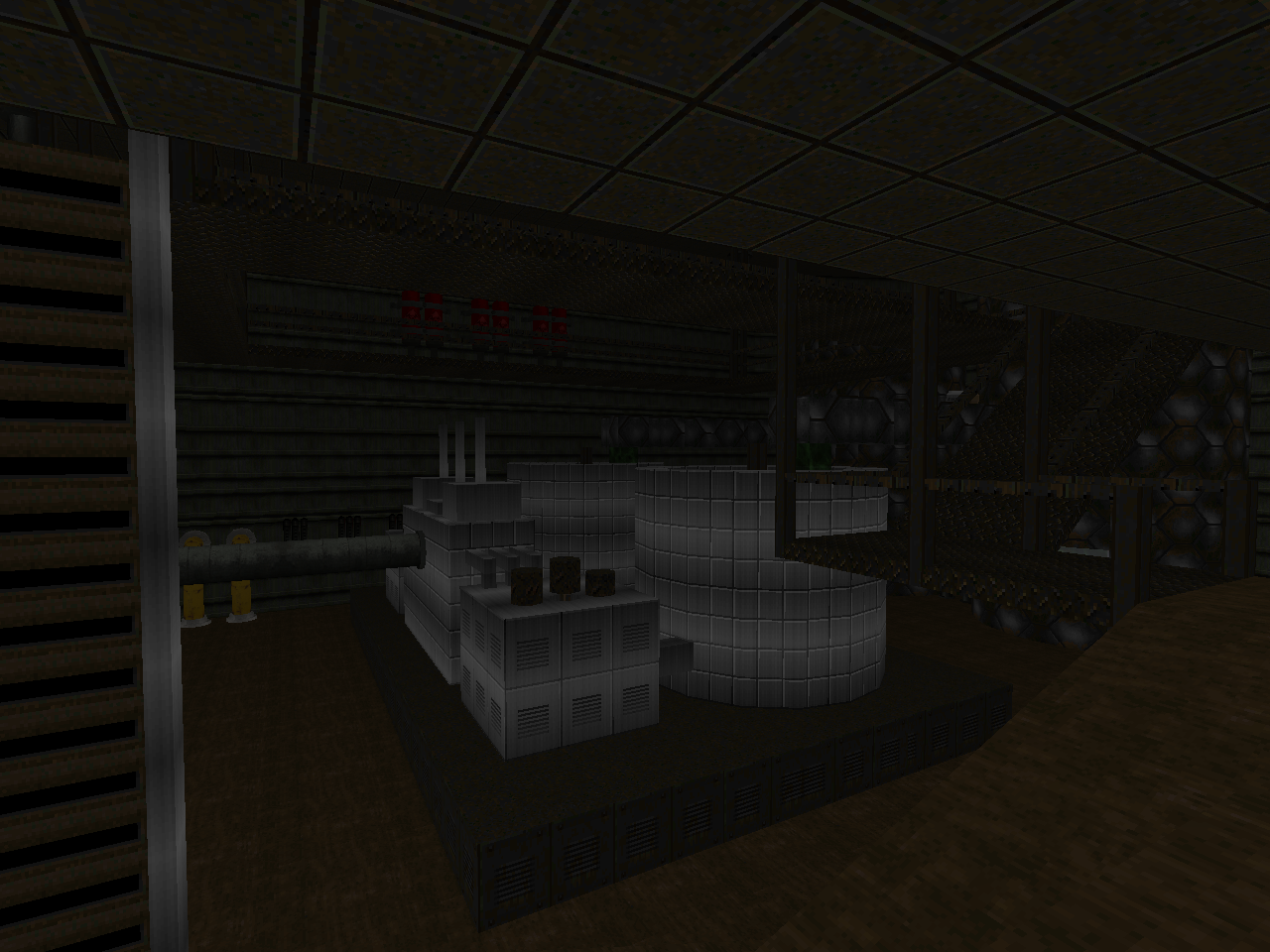
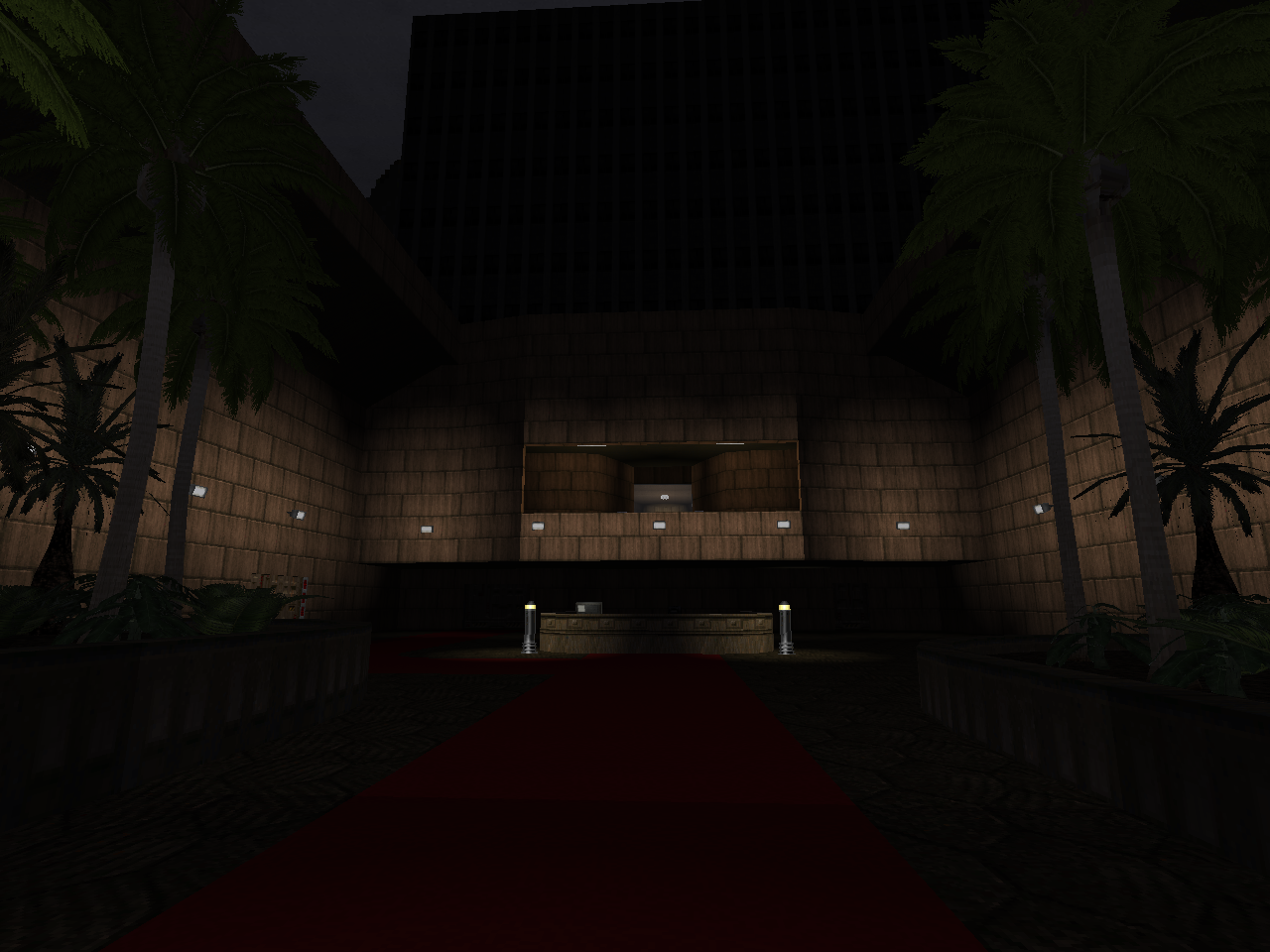

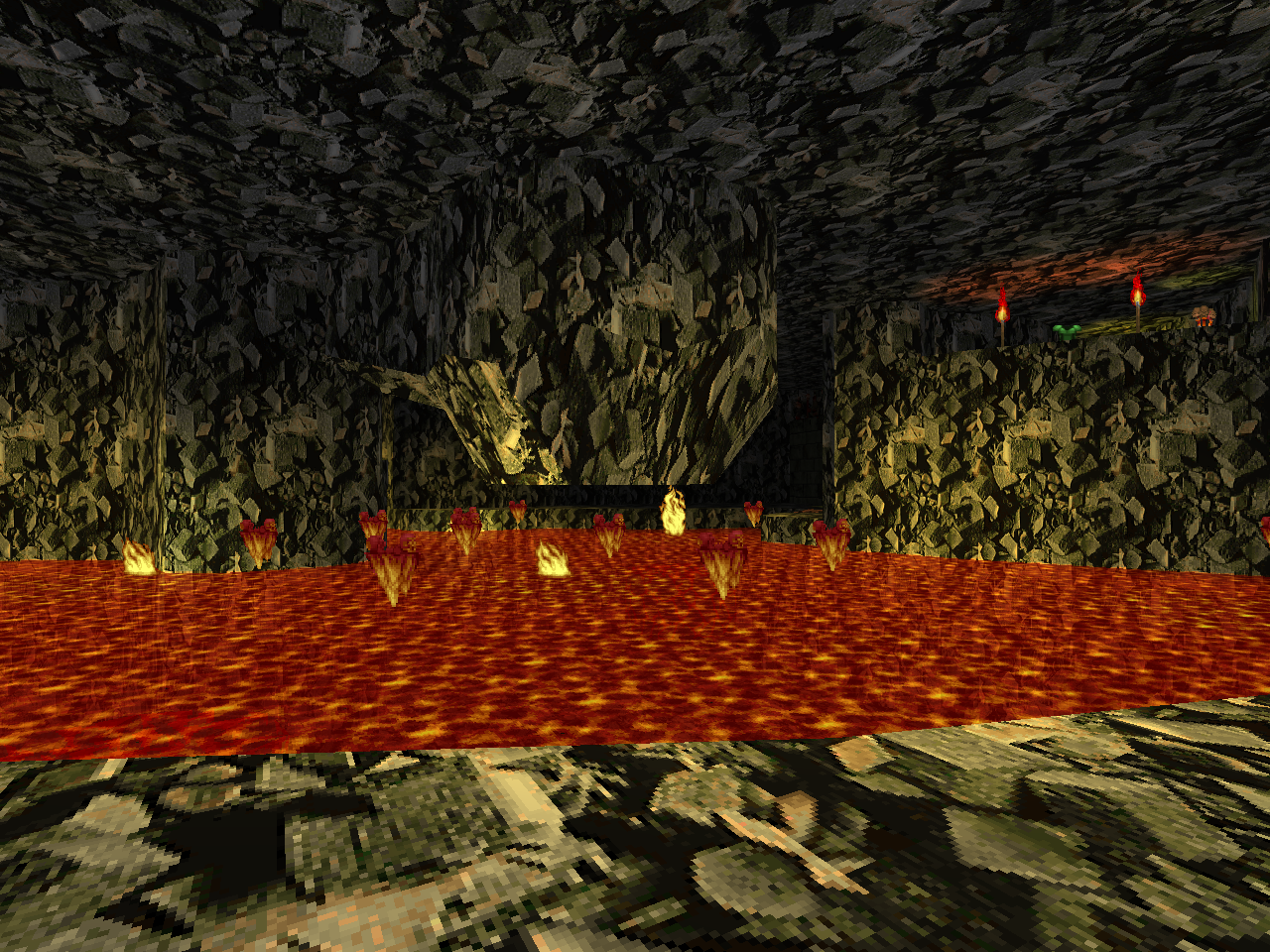


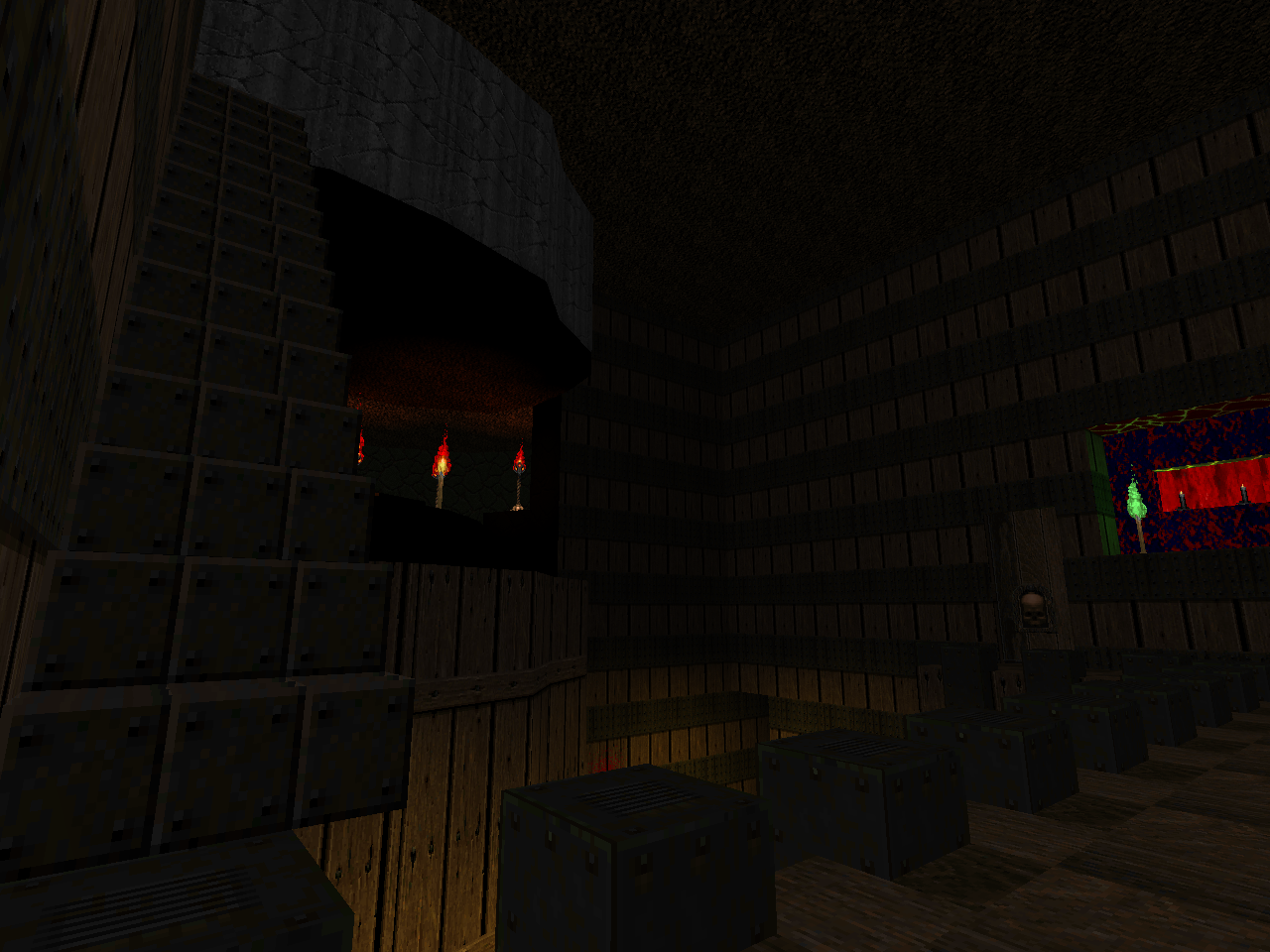
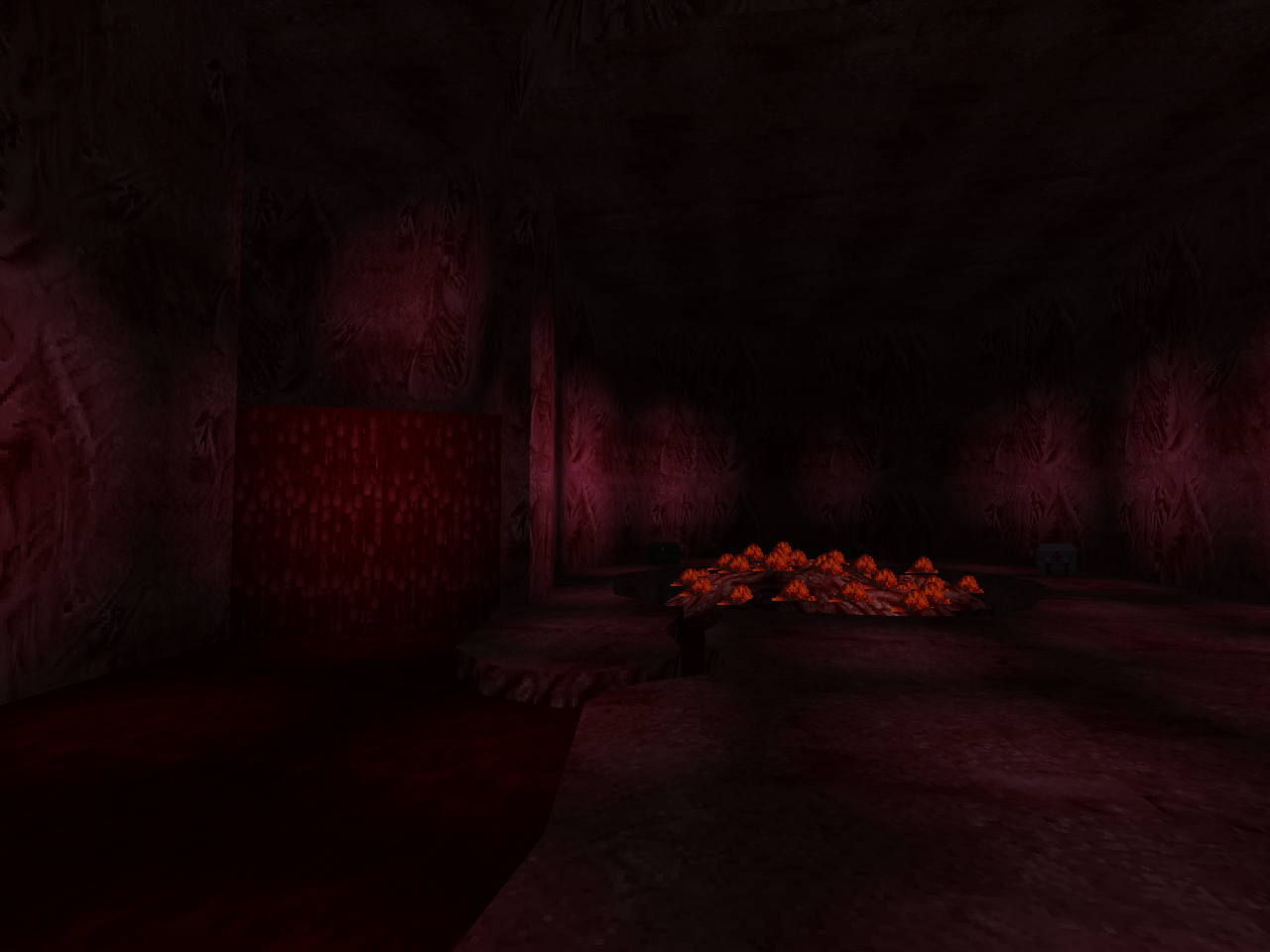
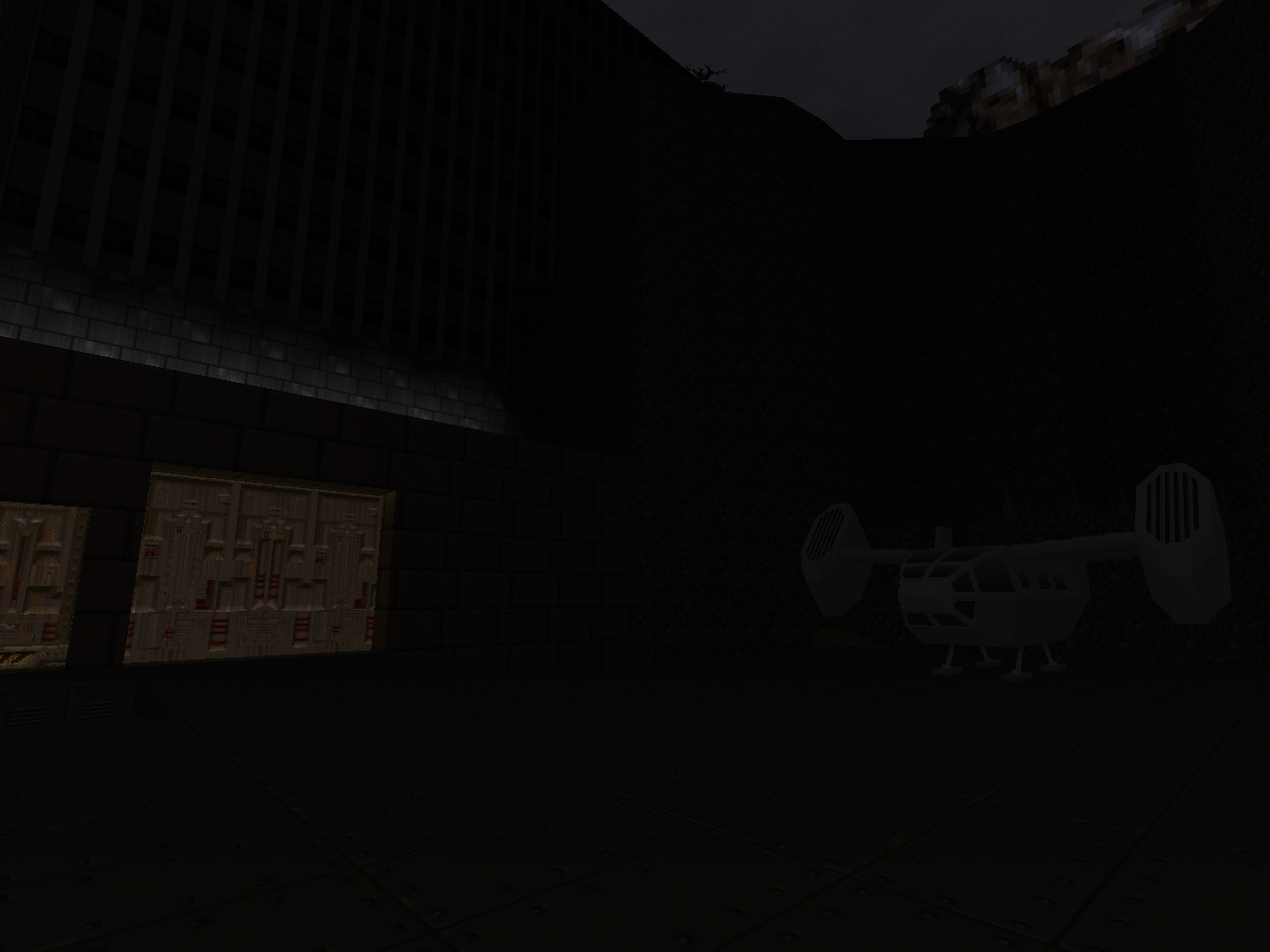
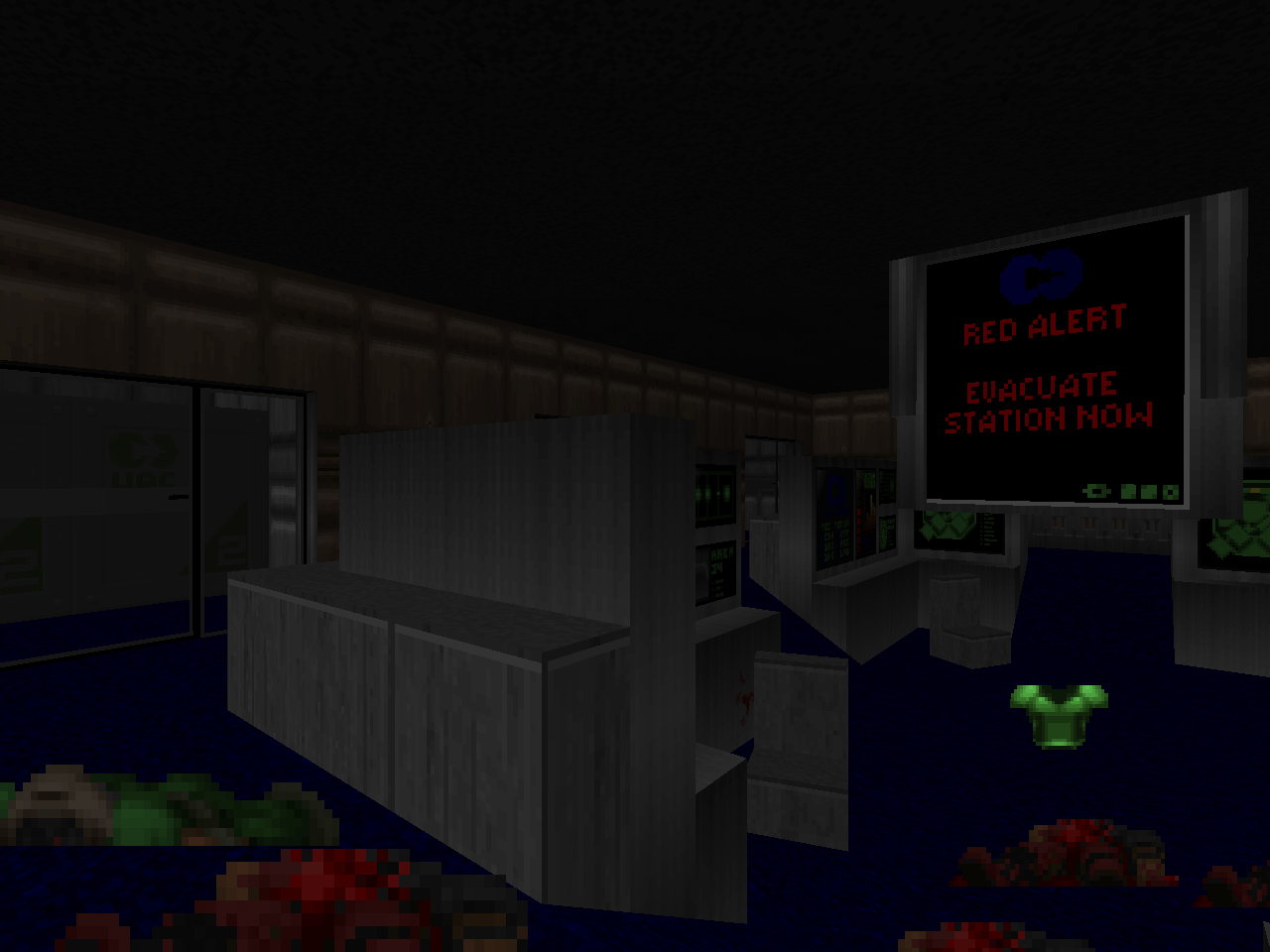
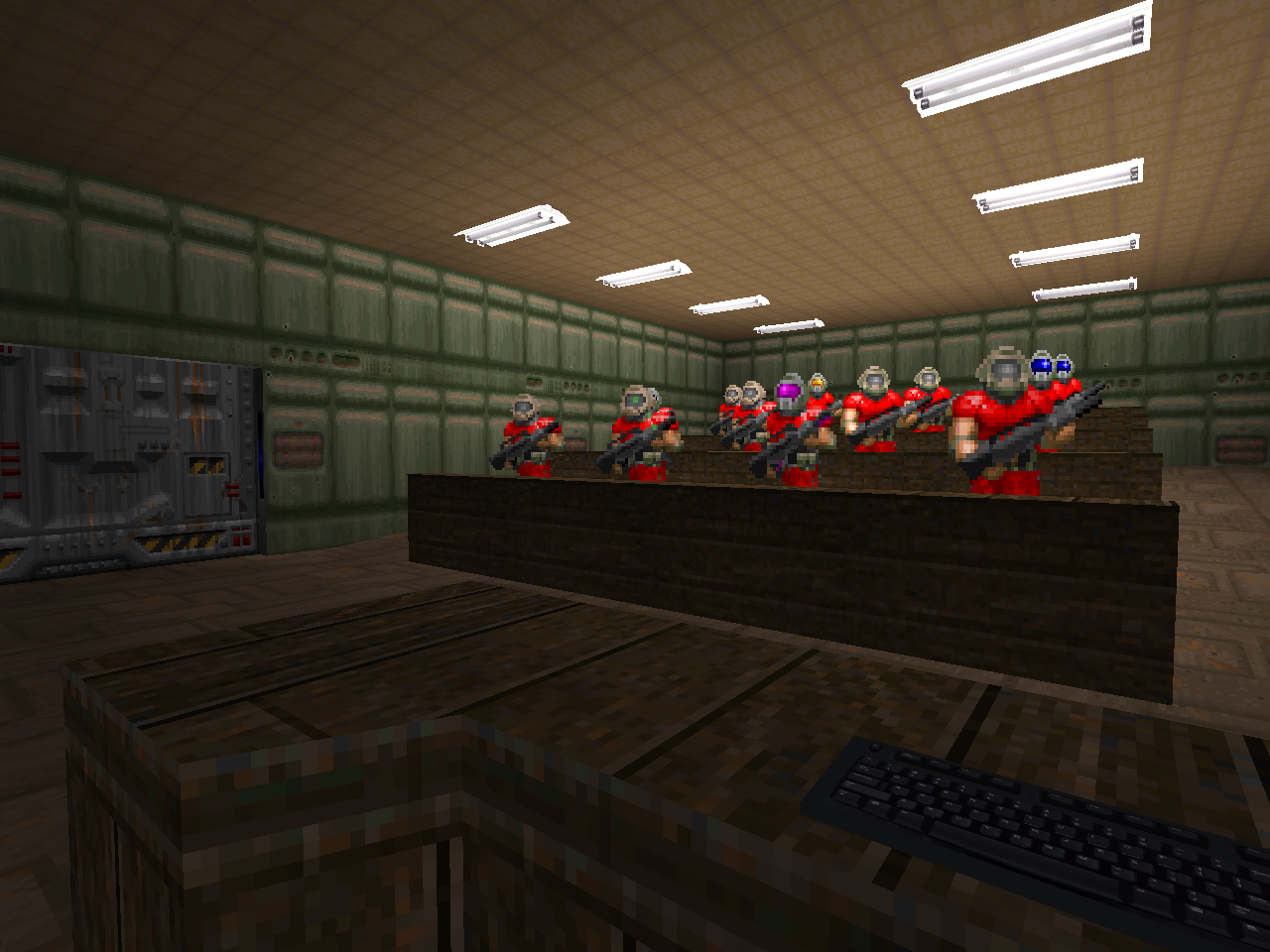
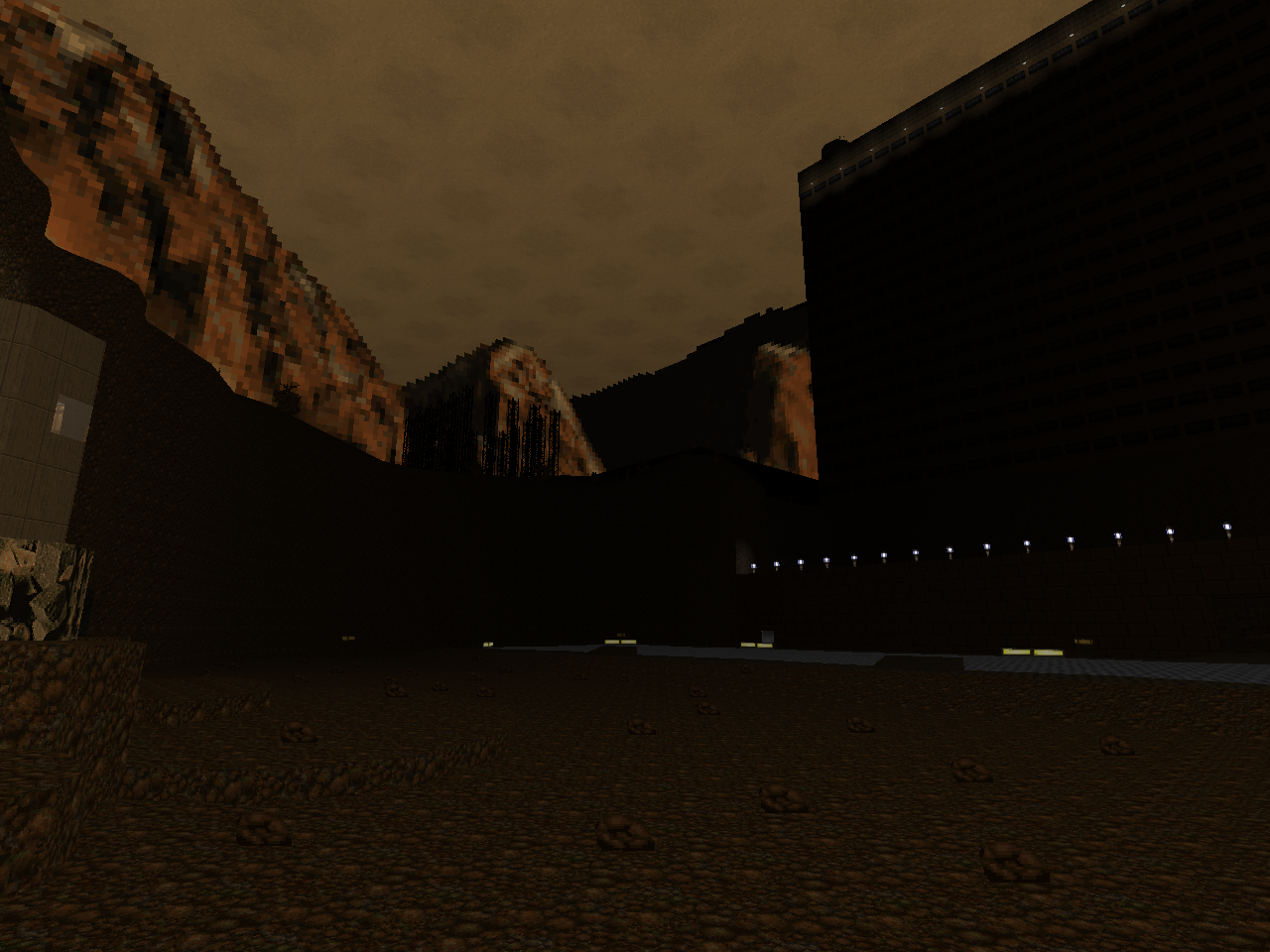
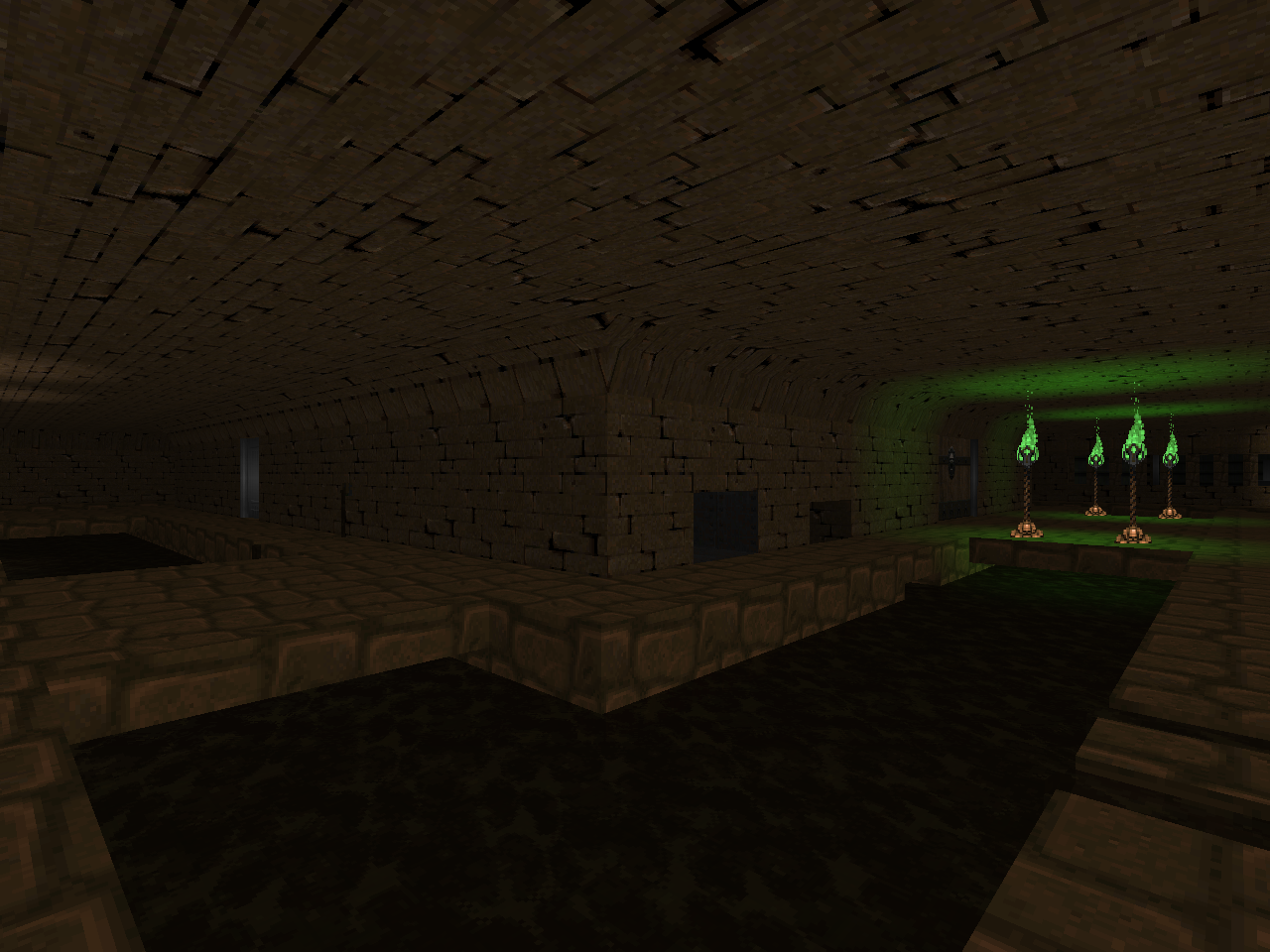

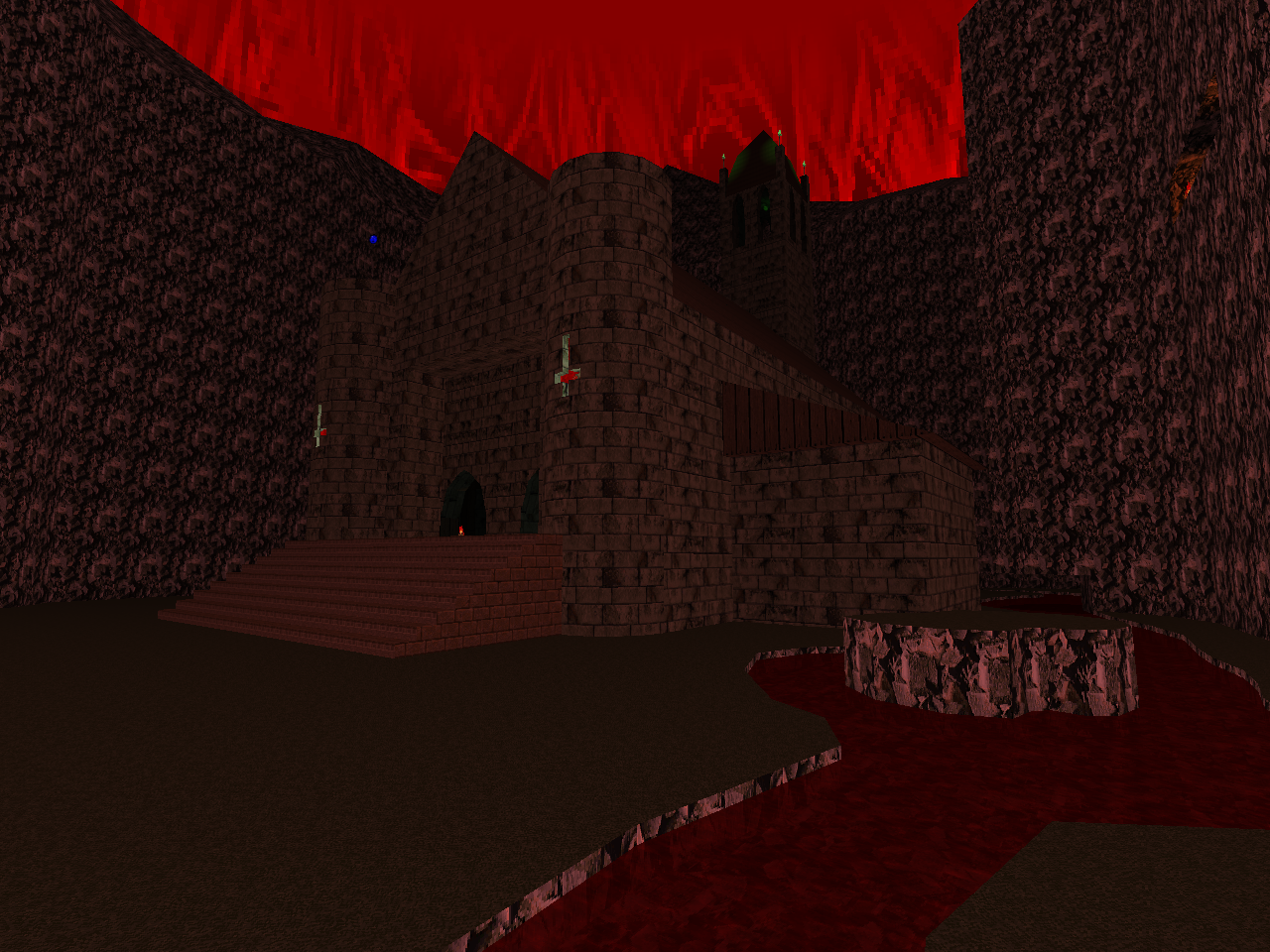
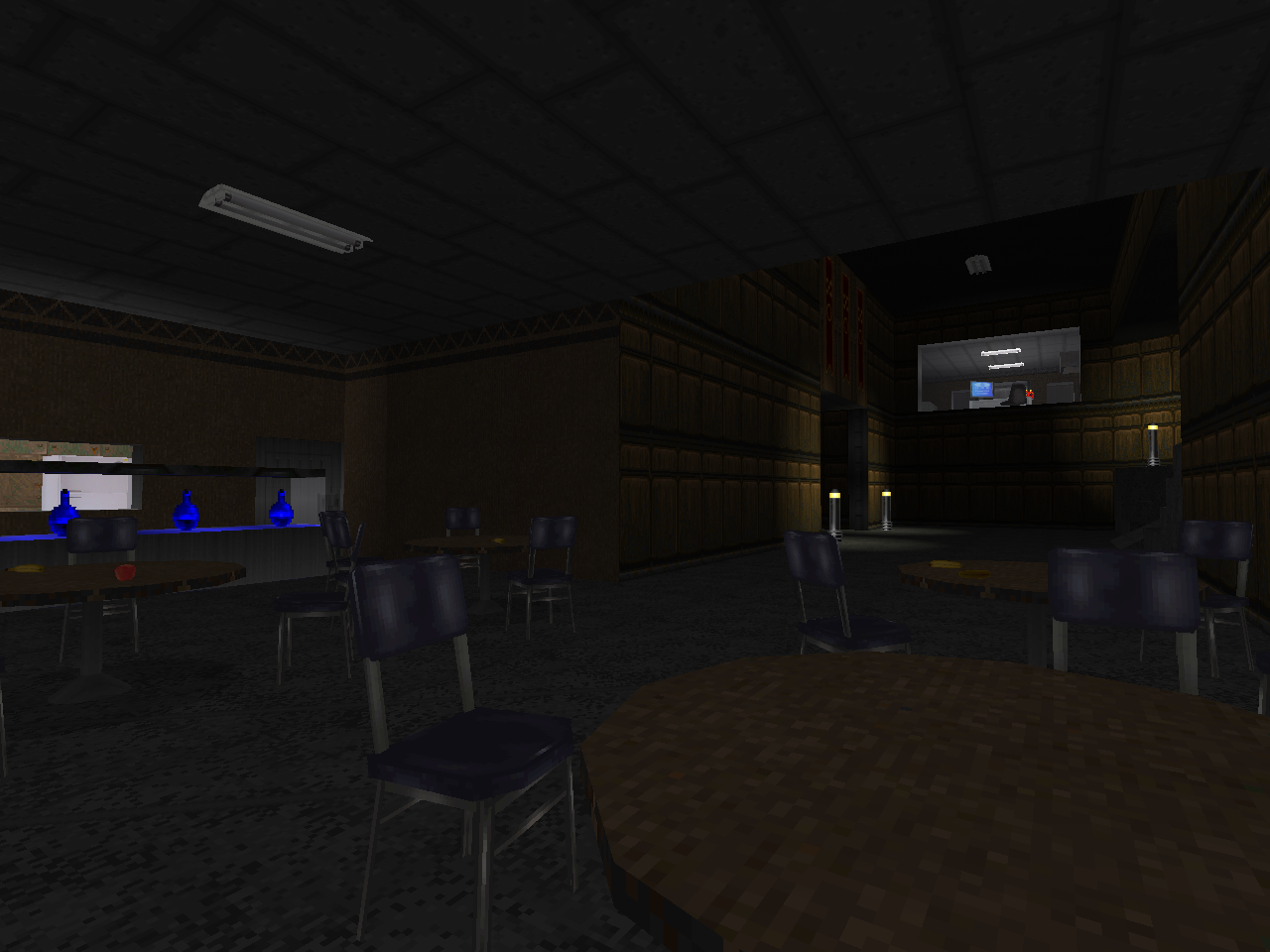
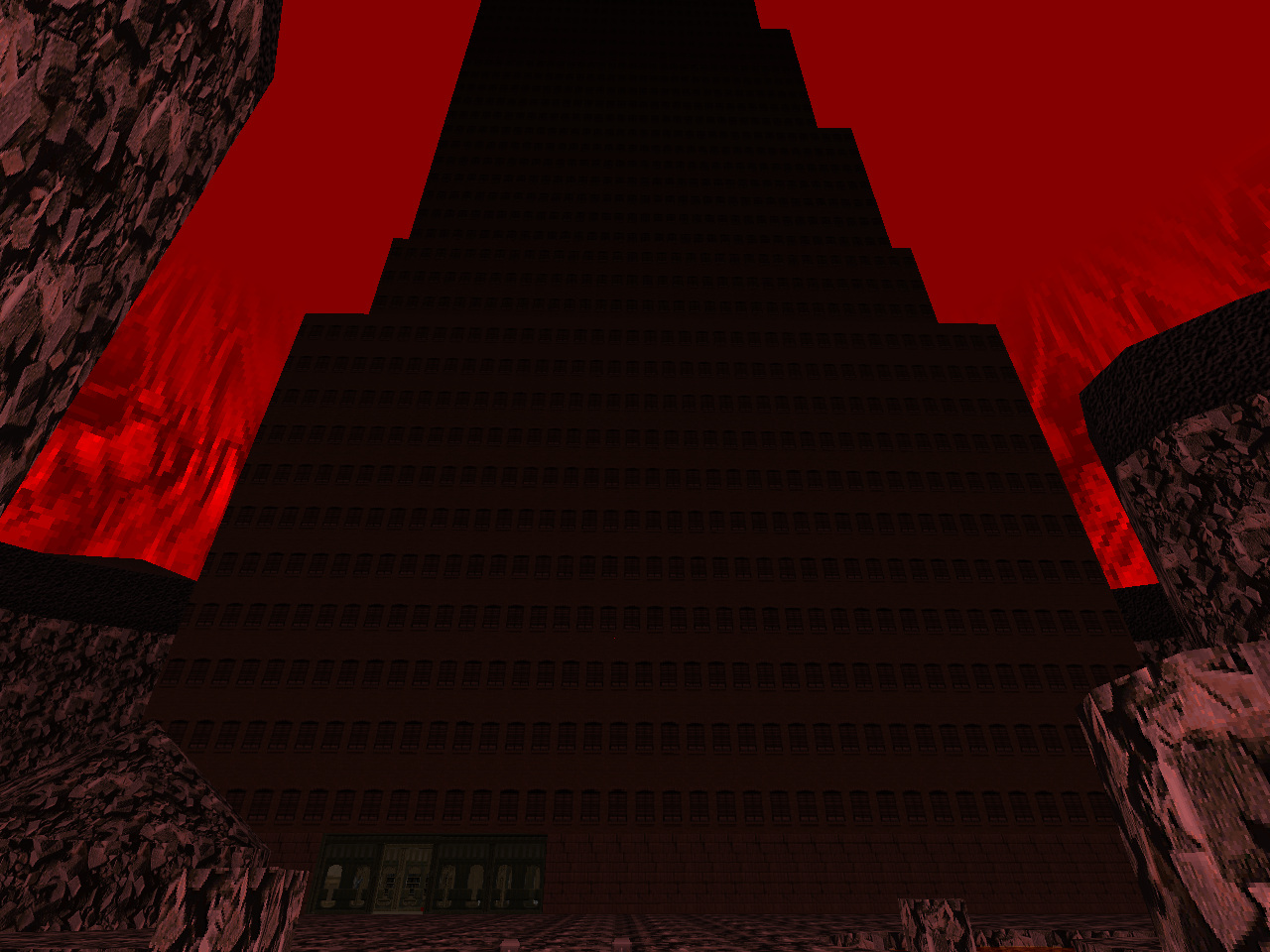
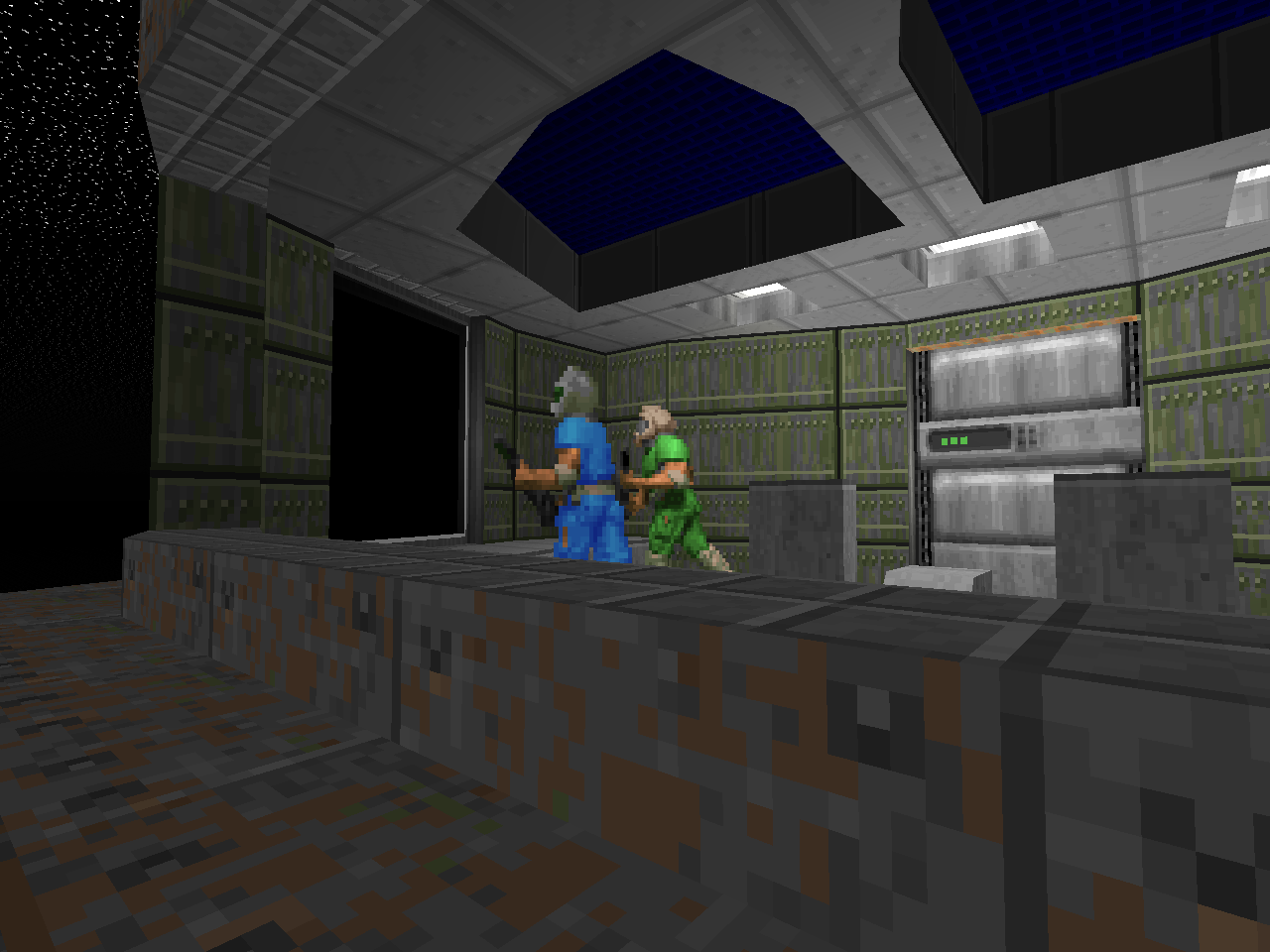
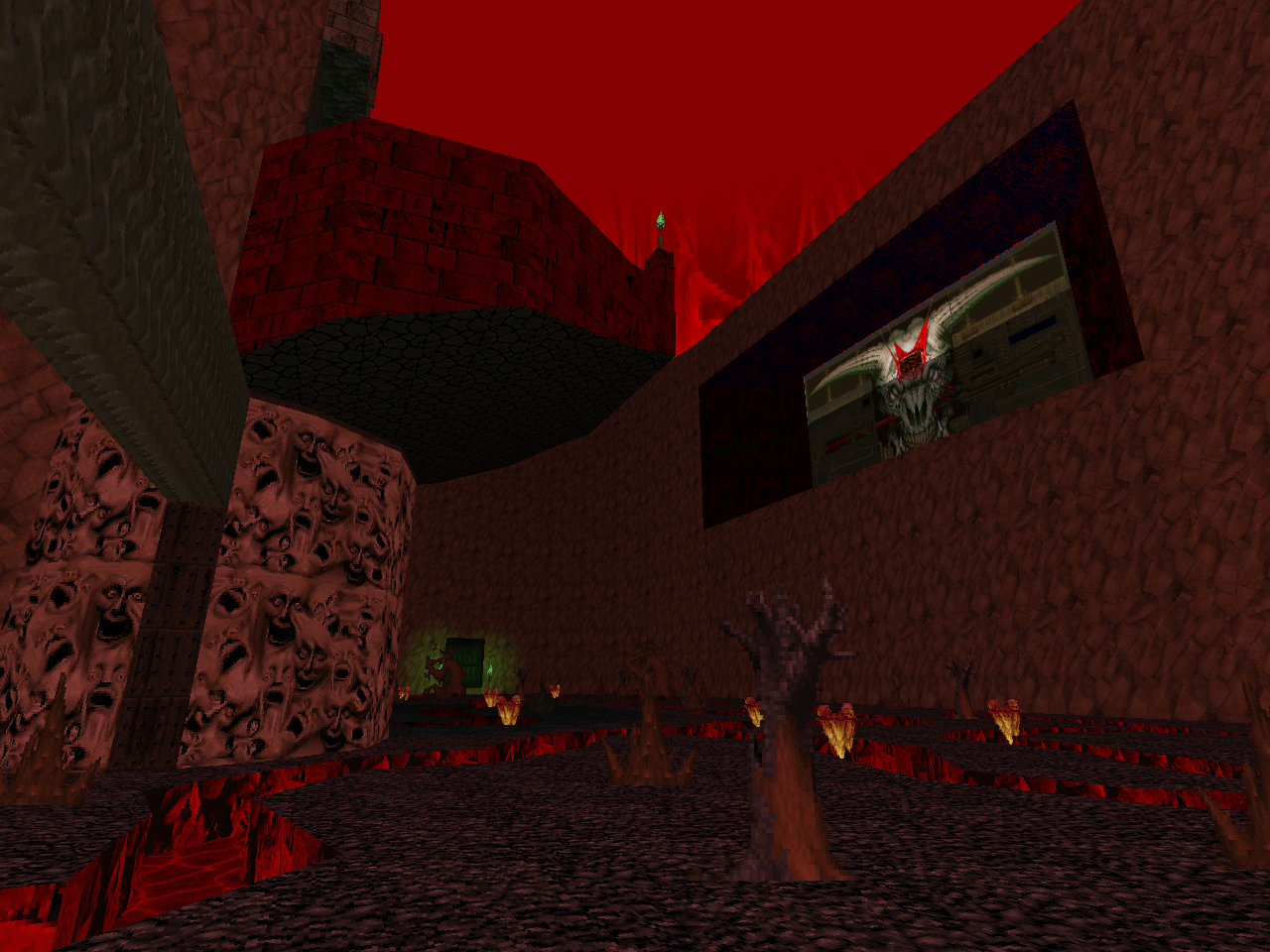

Just a heads up; the screenshot for GE5MAP01 doesn't work when enlarged.
ReplyDeletewhoops!
Deletewhen writing reviews I usually copy over a previous one that roughly matches the format of whatever I'm playing and then write over text / paste over the images. this time one of the ahref links got away from me. sorry for anyone who was expecting marines in a briefing room and ended up with some crumpets
A man should never apologize for a delicious display of crumpets
DeleteNo Mordeth? This was clearly in development for almost 12 1/2 years (like, when Part 1 was released in January 2003 I can't see how it could have have been more obvious there was more coming), so that's longer than ChaosCore was! I'd have to think dew's involvement in ChaosCore made him just forget to take a quick look to make sure nothing was in development even longer. Shame - but oh well.
ReplyDeletethe true and full reason that PD did not win the mordeth award was that the dialogue between the team selecting it has gotten away from what technically took the longest from start to completion and what stagnated in a visible manner / had management fumbles / etc. as mentioned by scuba when he wrote up plutonia 2 http://www.doomworld.com/16years/others.php
Deletei guess this makes the award more of a selection based on popularity or, rather, infamy, but given that people are still making new posts assured of themselves that mordeth will never see the light of day (in spite of the fact that Gaston is still hanging around and making the occasional post), it isn't entirely inappropriate